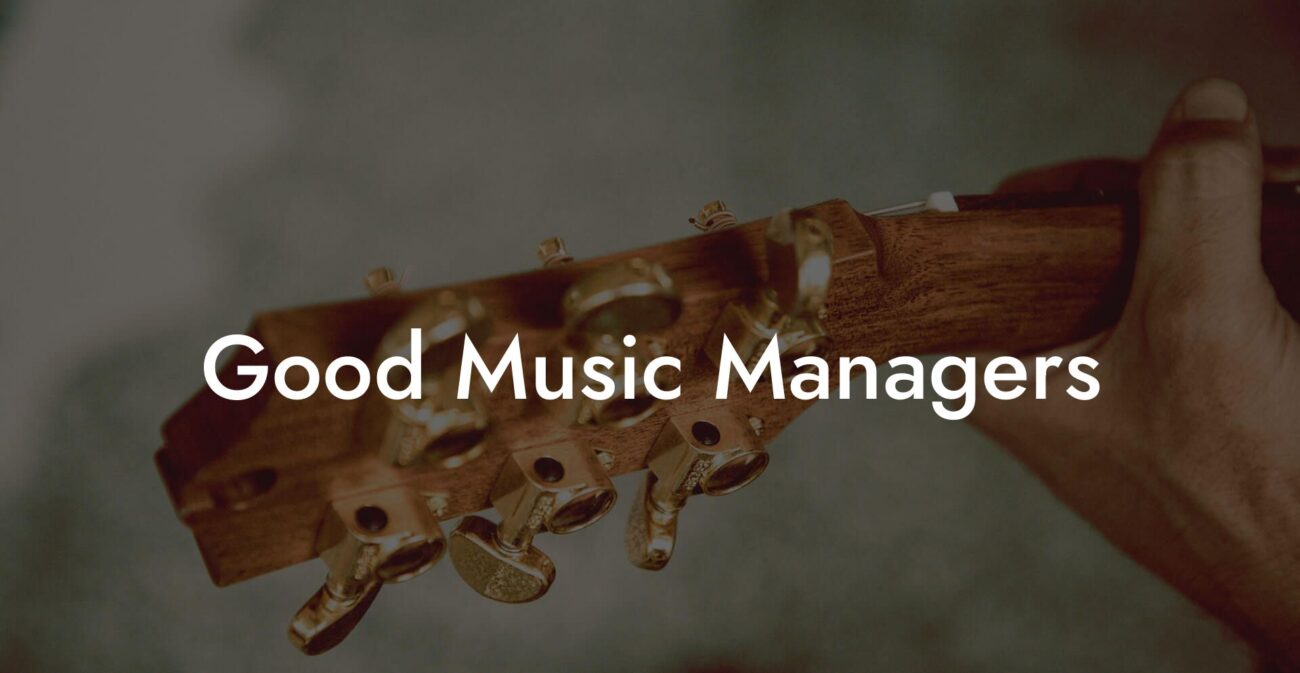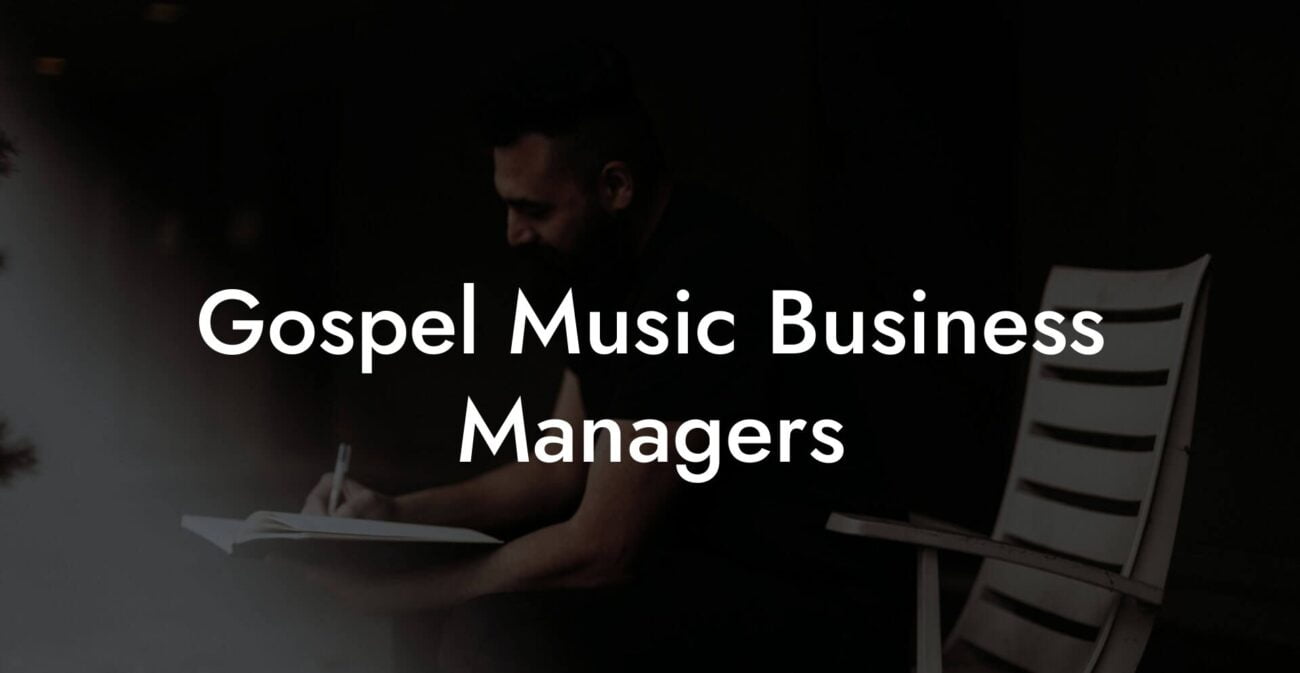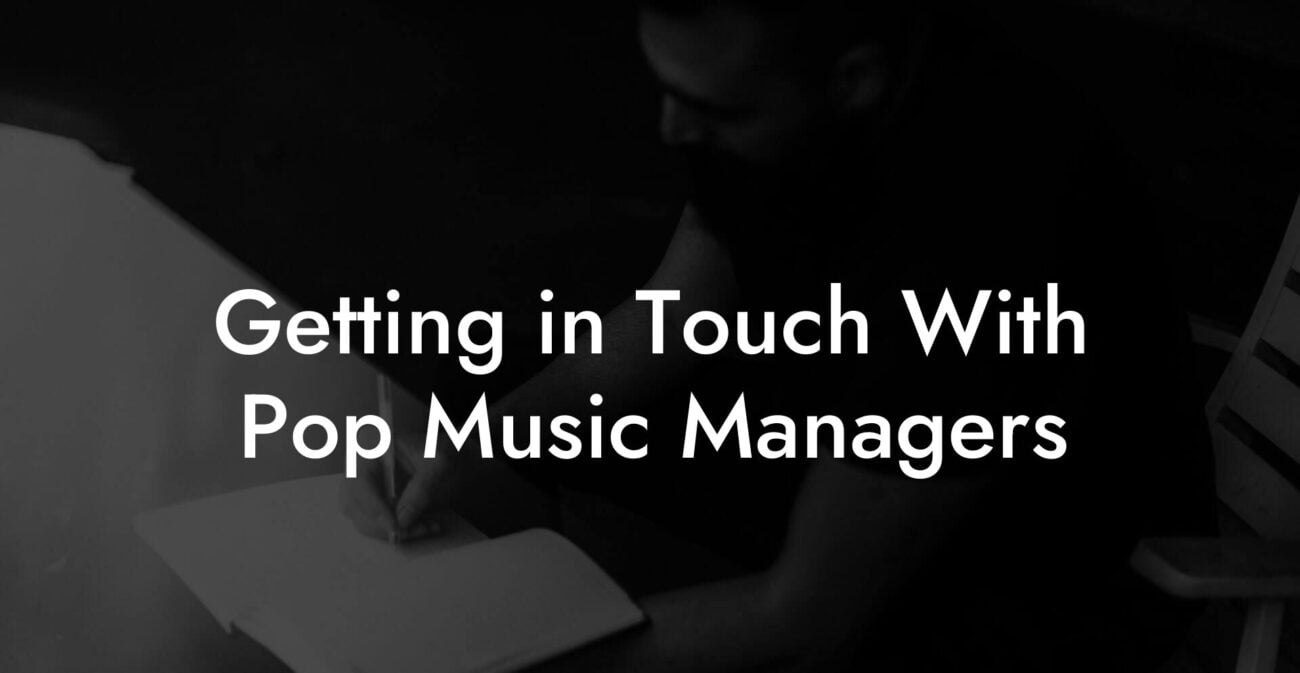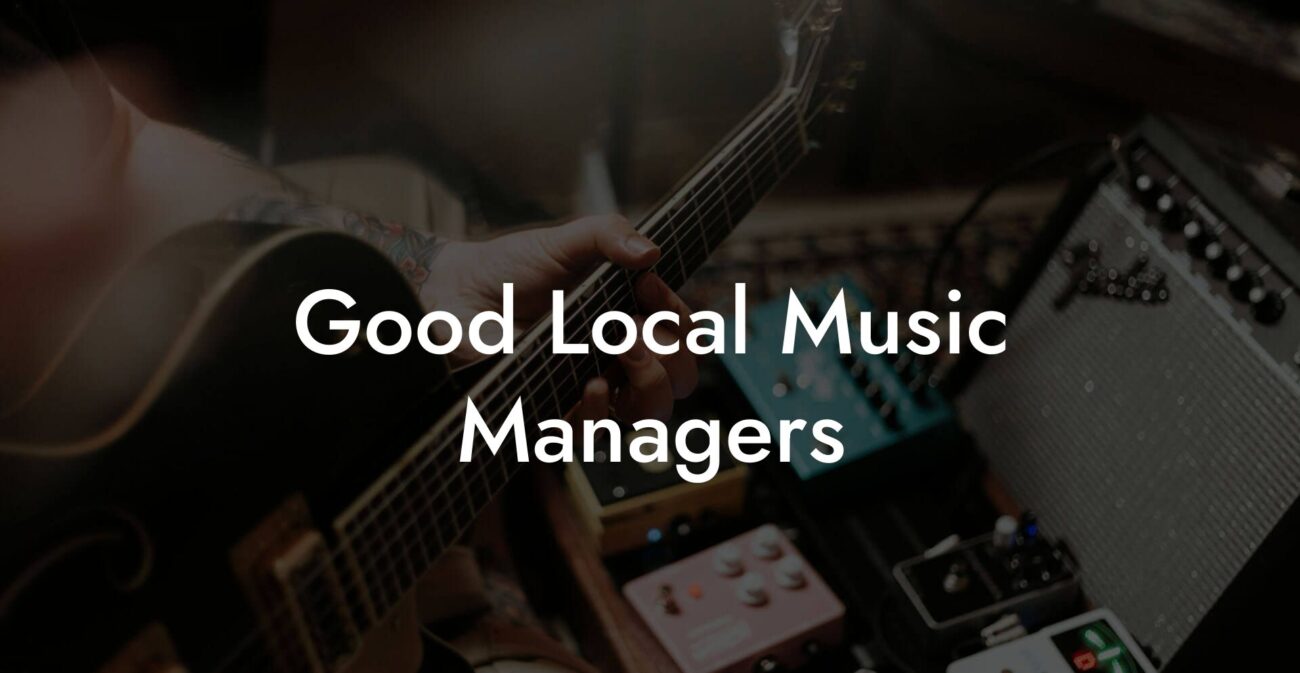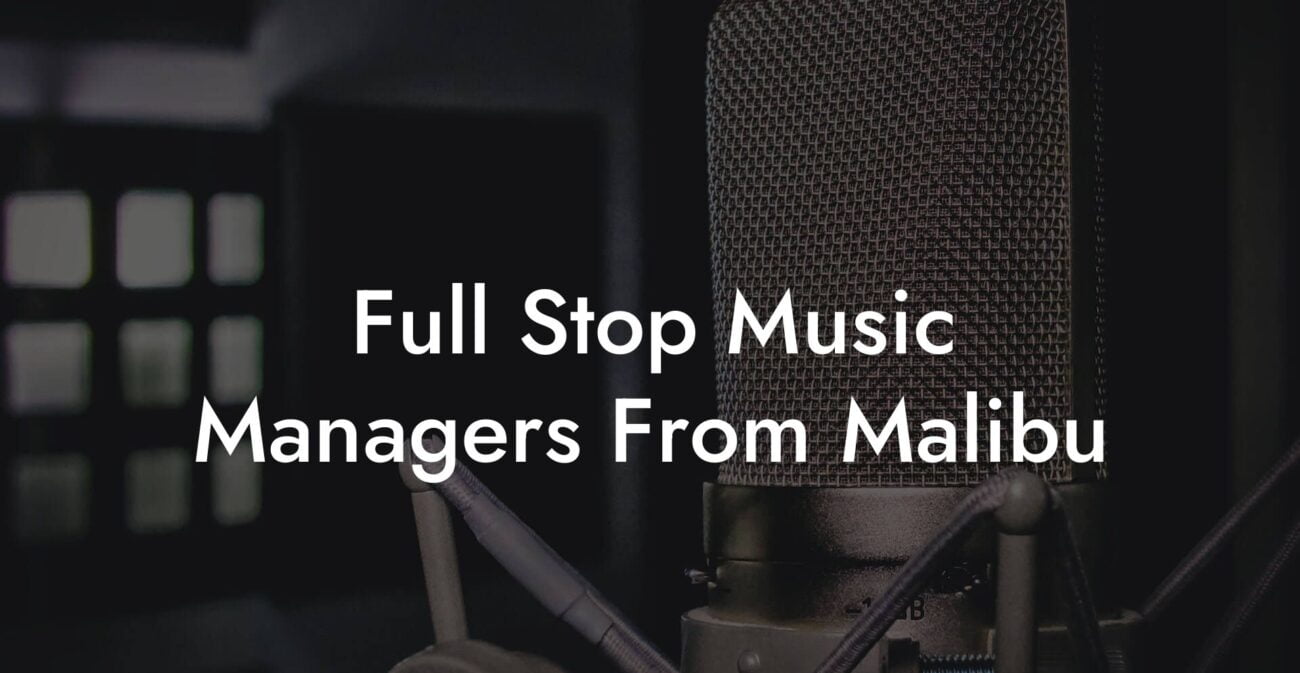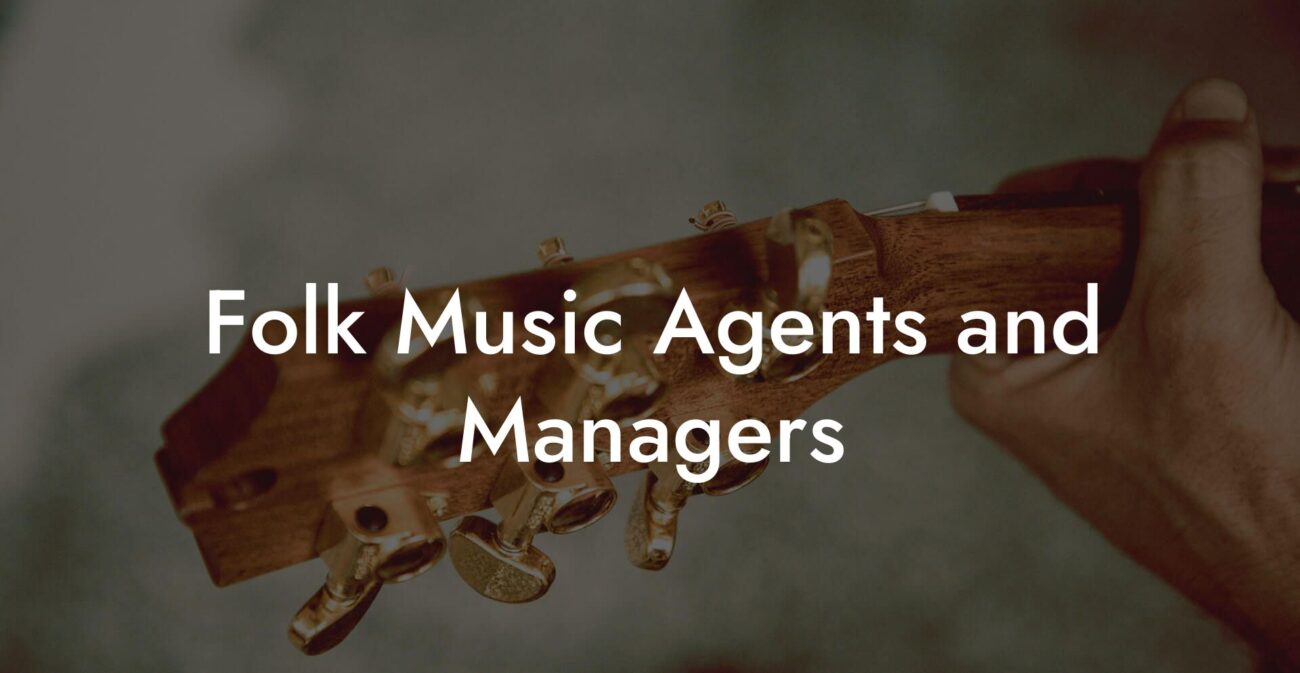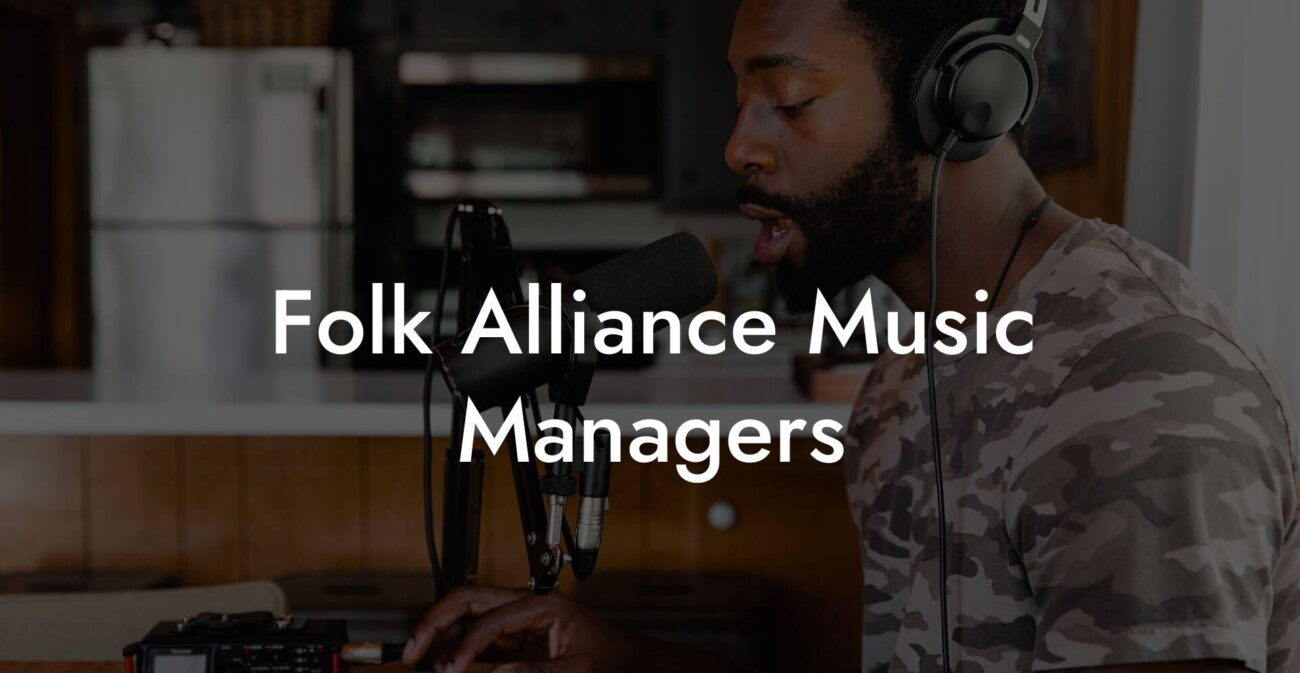Songwriting Advice
How To Write A Chorus For A Sad Song
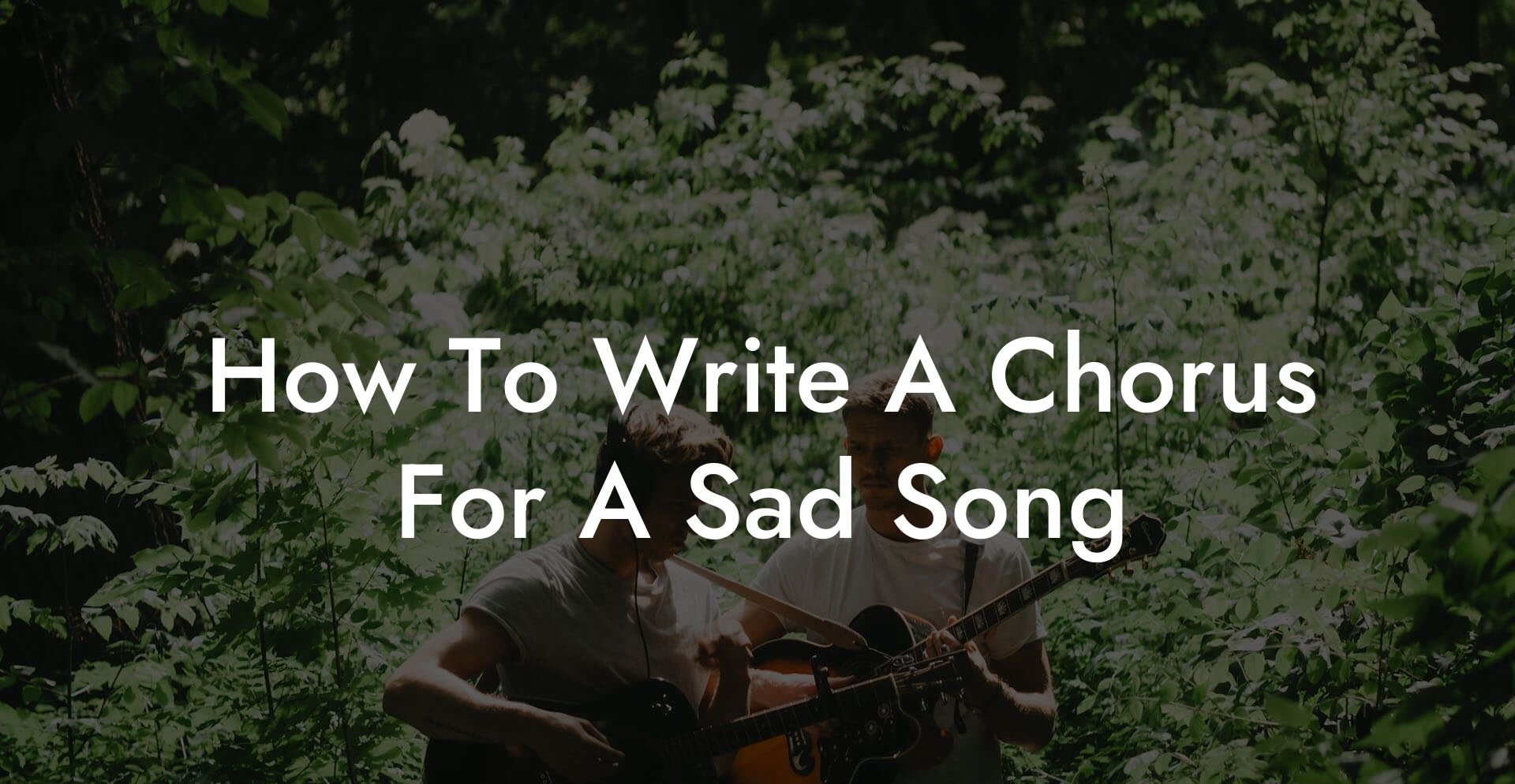
You want people to put the phone on the table and stop scrolling when your chorus hits. You want a line that punches the throat and a melody that makes the room quiet. A sad chorus is not just about sadness. It is about making the listener feel seen at the exact moment they needed to feel seen. This guide gives you direct, usable steps for writing choruses that break hearts and get replayed.
Quick Interruption: Ever wondered how huge artists end up fighting for their own songs? The answer is in the fine print. Learn the lines that protect you. Own your masters. Keep royalties. Keep playing shows without moving back in with Mom. Find out more →
Quick Interruption: Ever wondered how huge artists end up fighting for their own songs? The answer is in the fine print. Learn the lines that protect you. Own your masters. Keep royalties. Keep playing shows without moving back in with Mom. Find out more →
Quick Links to Useful Sections
- Why The Chorus Is The Emotional Nail
- Define Your Core Promise
- Pick The Emotional Angle
- Melody First Or Lyrics First
- Melody first workflow
- Lyrics first workflow
- Prosody For Sad Choruses
- Choose The Right Rhyme And Language
- Imagery That Makes The Room Hold Its Breath
- Hook Construction For Sad Choruses
- Melodic Shapes That Carry Sadness
- Harmony Choices For Sadness
- Arrangement And Dynamics For Maximum Impact
- Vocal Delivery And Performance Tips
- Lyrics Edits To Avoid Being Corny
- Examples You Can Steal And Make Yours
- Template one
- Template two
- Production Tips For Emotional Clarity
- Mic Choices And Vocal Takes
- Finish Faster With A Checklist
- Common Mistakes And How To Fix Them
- Exercises To Write A Chorus In One Hour
- Exercise one The One Image Drill
- Exercise two Vowel Melody Sprint
- Exercise three The Text Test
- Examples With Before After Edits
- SEO Tips For Releasing A Sad Chorus Song Online
- Questions People Ask About Writing Sad Choruses
- Can a sad chorus be in a major key
- How long should a chorus be
- Should I repeat the title every chorus
- How do I avoid cliché imagery
- Action Plan You Can Use Right Now
This article is for millennial and Gen Z musicians who like big feelings and messy honesty. We will use plain language. We will also be funny sometimes because crying while laughing is a superior vibe. You will get exercises, examples, musical directions and a real workflow you can use today. We will also explain jargon so you do not need a music degree or a translator app to understand anything.
Why The Chorus Is The Emotional Nail
The chorus is the emotional summary. It is the billboard. It is the line people send to their ex at two AM whether they mean to or not. Verses give context. The chorus delivers the feeling. So for a sad song the chorus must do three things well.
- Condense the feeling into one focused idea the listener can say in a text.
- Deliver a strong melodic gesture that feels inevitable and easy to hum back.
- Use concrete imagery that allows a listener to step into a small scene and feel it physically.
If your chorus tries to be everything it will be nothing. Sad choruses succeed by narrowing. Pick one emotional truth and lean into it like a dramatic friend who will not let you explain yourself.
Define Your Core Promise
Before you write a single note or word, write one sentence that states the emotional promise. This is not the title. This is the promise. It is the single feeling the chorus must deliver on every repeat.
Examples
- I keep waiting for you to come back even though you are gone.
- Every streetlight feels like a memory I cannot return from.
- I whisper your name into pillows and it wakes the past.
Turn that sentence into a short, repeatable title or hook. The chorus will revolve around it. If it reads like an explanation you will lose the listener. Make it image first. Make it singable second.
Pick The Emotional Angle
Sadness has many flavors. Choose one so your chorus carries focus.
- Regret A sorrow about what you did or did not do.
- Loss A sorrow about the absence of someone or something.
- Nostalgia A bittersweet mourning for a past that felt better than the present.
- Resignation A quiet acceptance that still hurts.
Example scenario: you are buying milk at midnight and a song on the radio mentions your ex by nickname. That specific sting is nostalgia mixed with a little regret. That is a perfect emotional angle for a chorus. Name it, then write the promise sentence about that angle.
Melody First Or Lyrics First
There is no universal rule. Both routes work. The important part is to treat melody and lyrics as partners rather than boss and assistant. If you start with melody you will find natural places for stressed words. If you start with lyrics you will have the emotional weight and must fit it into a melodic shape.
Melody first workflow
- Record a two minute vowel pass over a simple chord loop. Sing on ah oh mm without words. This reveals natural inflections.
- Mark the gestures that felt repeatable after one listen. These become your chorus motifs.
- Place short phrases on those gestures. Keep syllable count low on the longest notes.
Why this works. Singing vowels forces your voice to find comfortable shapes. Sad choruses often live in the sweet spot where a little breath and a long note meet. Let the voice find that first.
Lyrics first workflow
- Write three lines that capture the core promise. Keep them short.
- Read the lines out loud and mark the natural stress in each line. These stresses must land on strong musical beats later.
- Set the lines to a simple melody by speaking them over a chord and then elongating the stressed syllables into notes.
A quick rule. If your chorus phrase needs more than two clauses to make sense you are building a paragraph. Songs prefer slogans. Edit until the idea sings alone.
Prosody For Sad Choruses
Prosody is how the rhythm of the words matches the rhythm of the music. It sounds like a fancy word but all it means is stress alignment. If your strongest word falls on a weak beat people will feel wrongness without knowing why.
Exercise. Speak your chorus at normal speed and clap on the words you naturally emphasize. Now clap along with your beat. If claps and beats do not match rewrite lines or change the melody so the strong words land on the strong beats.
Real life scenario. You write a chorus that ends with the word forever. You place forever on a tiny note between snare hits. It will feel like forever did not mean forever. Move forever to a long note on the downbeat and the listener will feel the word weight.
Choose The Right Rhyme And Language
Sad choruses often work best with simple rhyme or a lack of rhyme. That is because emotion needs space. Use internal rhyme and near rhymes to keep things interesting without sounding like a nursery rhyme.
- Perfect rhyme Exact sound match at line ends like time and time. Use rarely for emphasis.
- Near rhyme Similar sounds like coast and close. They sound natural and less tidy.
- Internal rhyme Rhymes inside lines that add music without repeating endings.
Real life tip. If your chorus feels preachy replace a perfect rhyme with a near rhyme or remove the rhyme and let the ending word be an image instead. Sadness earns more from a strange concrete image than from clever rhymes.
Imagery That Makes The Room Hold Its Breath
Concrete images anchor feeling to the body. Avoid abstract strings like I feel alone. Replace with a small scene people can visit in their head.
- Pick one object that represents the loss. Phone, coffee cup, empty shoe, an old sweater.
- Give the object a simple action. It sits, it spins, it breathes dust. The action creates movement.
- Use sensory detail. Not just seeing. Sound, smell, touch.
Example
Before I deleted you I left the porch light on as if the street could remember how to hold forever.
After I deleted you the porch light hums like a small regret. My keys still know your name.
That second line hits because it is specific and weird. Keys do not know names. The image feels honest because it is slightly off. That is the trick. Small odd details feel true.
Hook Construction For Sad Choruses
The hook is the part that repeats. For sad songs the hook can be a title line or a repeated image. Hooks that work in sadness do one of three things.
- Repeat a short, devastating phrase like I kept the coffee warm.
- Repeat a single word that becomes heavier each time like empty empty empty.
- Repeat a name and then do one small change on the final repeat for a twist.
Example hook idea. Pick a line like I leave your sweater on the chair. Repeat it twice. On the third time add a small twist like it smells like winter again. The repetition builds recognition and the twist adds meaning.
Melodic Shapes That Carry Sadness
Sad melodies often prefer stepwise motion and small leaps. Big jumps can sound triumphant. Small lift then fall invites a sigh. Here are practical melodic tactics.
- Hold notes on vowel sounds Long vowels let listeners breathe and feel the word. The open vowel ah oh and ay work well.
- Use a small upward leap into the most emotional word The leap creates a reach that wants release. Follow the leap with stepwise descent to make it land as vulnerability.
- Repeat a short motif Two bars repeated with a slight change on the last repeat gives the chorus a spine.
Example. Line one sits low in the voice. Line two climbs a minor third on the word that matters and then falls back. That climb signals emotional exposure and the fall completes the thought.
Harmony Choices For Sadness
Minor keys are the obvious place to start. They often sound sad because of the interval relationships. That said a chorus in a major key can feel melancholic with the right chord choices and voicings.
- Minor key A natural choice for sad songs. Use relative major for a bright moment within the chorus to add complexity.
- Suspended chords Sus chords remove resolution and leave the ear wanting. Use them before the chorus for tension or inside the chorus for unresolved longing.
- Borrowed chords Take a chord from the parallel key. For example in A minor borrow A major or C major colors to add a bittersweet lift.
- Piano voicings with open fifths Sparse voicings leave space and let the vocal carry the pain.
Explain term. Borrowed chord means using a chord that is not in the current key but comes from a related scale. It gives surprise while staying close enough to be familiar.
Arrangement And Dynamics For Maximum Impact
Arrangement is the emotional architecture. For a sad chorus arrangement decisions tell the listener how seriously to feel.
- Space in the mix Let there be gaps. Silence amplifies words.
- Add an instrument on the chorus A single cello line or a pad can lift the chorus without making it poppy.
- Use dynamic contrast Keep verses restrained. Let the chorus breathe. That rise in sound implies release rather than celebration.
Real life example. Verse: fingerpicked guitar and voice. Chorus: add soft strings and a low synth pad. The added texture is like putting a blanket on an ache without smothering it.
Vocal Delivery And Performance Tips
How you sing matters as much as what you sing. Vulnerability is not the same as quiet. You can be quiet and flat or quiet and honest.
- Imagine speaking to one person Sing as if you are telling a secret to someone you love and resent at the same time.
- Use breath as punctuation Small gasps between phrases create the sensation of breathlessness that listeners interpret as emotion.
- Double the chorus lightly A soft double with a little out of tune feel can make the chorus feel huge while keeping intimacy.
- Save big melismatic runs for the last chorus If you must ad lib let it be a fragile wail not a showy belting moment.
Lyrics Edits To Avoid Being Corny
Sadness can easily tip into melodrama. Here are edits that remove cliché and keep honesty.
- Replace abstract words with objects. Instead of I am empty write My pockets still ring with your ghost coin.
- Remove explaining lines. If the chorus states the feeling you do not need a sentence that describes how it started.
- Cut any line that would be printed on a mug. Mugs are for false profundity.
- Keep subject and verb moving. Passive lines flatten emotion.
Before and after example
Before: I miss you and I cannot sleep.
After: The second shoe waits by the door and I sleep on the couch like it did not remember us.
Examples You Can Steal And Make Yours
Use these as templates. Change the object and the twist so the chorus belongs to you.
Template one
Title idea: Porch Light
Chorus
I keep the porch light on for no reason at all
It hums like a small mercy that never learned how to stay
When you walk past our street I pretend I did not call
Porch light hums and I pretend the silence is mine
Template two
Title idea: Your Name In My Phone
Chorus
Your name is a ghost in the middle of my screen
I scroll until my thumb gets tired of missing you
I do not press the letters I do not press the call
I stare at your name until the battery dies
Both templates use a repeating image and a small action. The chorus repeats enough to be recognizable and changes a line to add meaning on the last repeat.
Production Tips For Emotional Clarity
Even if you are not producing your own final mix you should write with production in mind. These choices make the chorus hit harder in a rough demo and later in a full production.
- Record a dry vocal take Dry means with little reverb. A close, raw vocal demo often reveals the emotional center.
- Add sparse reverb on the chorus send A single plate or warm hall can make a chorus feel bigger without losing intimacy.
- Use a subtle low frequency bed A soft pad below the vocal can hold the chorus like a heartbeat.
- Sidechain lightly if needed When the chorus needs to breathe maybe duck percussion under the vocal so the words sit clearly. Sidechain is a mixing technique where one track lowers volume based on another track. It is common in electronic music.
Explain term. Plate reverb is a style of reverb that simulates a metal sheet resonating. It gives vocal warmth and a classic sound. You do not need to know how it works. Know that you can ask a producer for plate reverb on the vocal and they will understand you.
Mic Choices And Vocal Takes
If you are recording yourself at home here are quick tips that matter more than expensive gear.
- Use a dynamic mic if you are in a noisy room. It rejects background noise well.
- Use a condenser mic if your room is quiet and you want detail. Condenser picks up air and breath which can be very intimate for sad choruses.
- Record multiple takes with different intensities. One breathy whisper and one stronger performance. Choose the parts that feel honest.
Real life example. If you record a chorus with breathy vulnerability on the first line but then belt the second line you have contrast. Sometimes comping parts from multiple takes creates a performance that feels emotionally true even if it never happened in a single run.
Finish Faster With A Checklist
- One sentence promise written and posted on your wall.
- Melody or lyric starting point chosen.
- Stresses aligned with beats using the clap test.
- One concrete image chosen for the hook.
- Harmony decided and a two bar motif repeated with small change.
- Vocal demo recorded dry and then with light production choices for context.
- Three listeners asked one question. What line landed hardest. Then act on the feedback if two of three say the same line.
Common Mistakes And How To Fix Them
- Trying to explain Fix by removing the cause and keeping the effect. The chorus should be the feeling not the origin story.
- Too many images Fix by choosing one object and repeating it. Depth beats breadth.
- Over singing Fix by choosing smaller melodic choices. Let space do the work.
- Forcing a rhyme Fix by using near rhyme or no rhyme. The rhyme should feel earned not manufactured.
Exercises To Write A Chorus In One Hour
Exercise one The One Image Drill
- Pick the emotional angle in one sentence.
- Pick one object that represents that angle.
- Write three short chorus lines with that object in each line. Time limit 15 minutes.
- Choose the cleanest line. Repeat it. Add a small twist in the third line. Done.
Exercise two Vowel Melody Sprint
- Create a two chord loop or use a simple piano.
- Sing on vowels for three minutes. Record everything.
- Mark the moment that felt like a repeatable hook.
- Turn that vowel shape into one short line of lyrics. Repeat. Add one small change on the last repeat.
Exercise three The Text Test
- Write your chorus and then imagine texting it to a friend at 3 AM.
- If the chorus reads like an essay delete until it reads like a text message.
- Keep the line that would actually land in a real 3 AM text. That line is your hook.
Examples With Before After Edits
Theme I cannot move on
Before
I miss the times we had and I cannot get over it
After
The mug you left still stains the sink. I wash it and pretend the days do not stick.
Theme Saying goodbye
Before
I know this is the end and I accept it but I am sad
After
I folded your jacket in the drawer like a goodbye letter. The drawer smells like winter and other good things.
SEO Tips For Releasing A Sad Chorus Song Online
You want search engines and playlists to find your chorus. Think of the chorus as the hook and the title as the tagline that gets people to click. Keep these release tips in mind.
- Pick a clear, searchable title. If your chorus centers on porch light consider the title Porch Light rather than Something About Us.
- Use lyric snippets in your song description that include the chorus line. Fans will search lyric lines they remember.
- Create a short video of you singing the chorus with minimal production. Emotional raw content performs well on short form platforms.
- Use tags and keywords like sad chorus heartfelt lyrics melancholic chorus relatable breakup song. Combine long tail phrases with short tags for discoverability.
Explain term. Long tail phrase means a longer and more specific search phrase. People searching long tail phrases are often closer to deciding to listen. Use them in your descriptions and social posts.
Questions People Ask About Writing Sad Choruses
Can a sad chorus be in a major key
Yes. Major keys can sound nostalgic or bittersweet depending on harmony and voicing. Try major chords in low register with suspended or add9 voicings to keep warmth without outright joy.
How long should a chorus be
Most effective choruses are eight to sixteen bars depending on tempo. Shorter choruses can be more punchy and repeatable. If your chorus carries a long line split it into a two bar motif and repeat for effect. The main goal is emotional clarity not exact length.
Should I repeat the title every chorus
Repeating the title helps memory but it must feel true. If your title is a strong emotional phrase use it as a ring phrase at the start and end of the chorus. If the title does not sing well repeat a portion of it or a single image instead.
How do I avoid cliché imagery
Swap common images for intimate objects only you or a few other people would notice. Instead of broken heart use leftover coffee. Instead of tears use the sound of a drawer closing. Specificity creates originality.
Action Plan You Can Use Right Now
- Write the one sentence emotional promise. Stick it where you can see it.
- Do a two minute vowel melody pass on a simple chord loop. Mark the best gesture.
- Pick one concrete object and write three short chorus lines that include it. Use the clap test for prosody.
- Record a dry vocal on your phone. Sing the chorus two ways. One breathy one more present. Save both.
- Share the demo with three honest friends. Ask which line they repeat after the first listen. Keep what they repeat.


